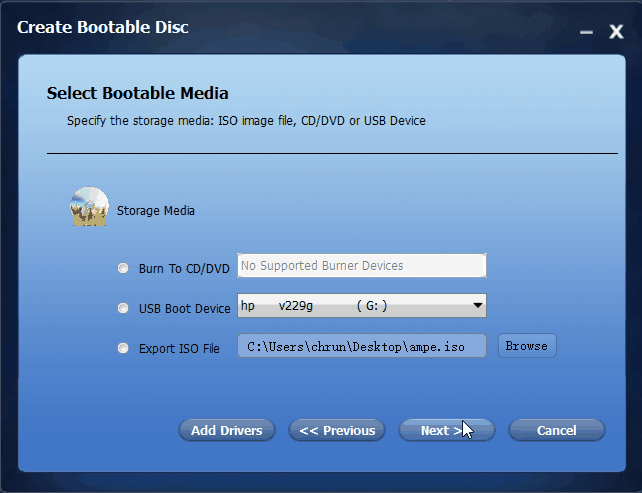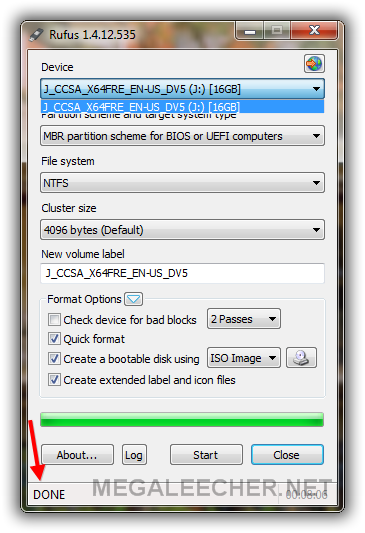


The resulting files (install.swm, install2.swm, install3.swm …) need to be copied to the USB flash drive into the directory F:\sources. Imagex /split D:\sources\install.wim c:\tmp\install.swm 3000 To do this, you can use the command Dism /Split-Image:ĭism /Split-Image /ImageFile:D:\sources\install.wim /SWMFile:c:\tmp\install.swm /FileSize:3000 In this case, you will have to split the install.wim file into several files up to 4 GB in size (for example, 3 GB files). The size of the install.wim file may be more than 4 GB if you integrated updates, drivers, etc.

Since the maximum file size on the FAT32 file system should not exceed 4 GB, you won’t be able to copy the large image file install.wim. Step-by-step guide on how to create a boot Windows flash drive for a UEFI system using diskpart: The procedure described below is suitable for advanced users, is performed from the command line and allows you to fully control (and understand) all the steps in the process of creating a bootable USB flash drive. You can create a bootable UEFI flash drive with the Windows install image manually. Using Diskpart to Create UEFI Boot-Stick with Windows After 10-15 minutes, your bootable USB flash drive with Windows install image for UEFI computer is ready. Boot selection: specify Windows ISO image file (you can create an ISO image with the latest Windows 10 build using the Media Creation Tool, see example) Ĭlick START to write a Windows image to a USB flash drive.Run the Rufus tool with administrator privileges and specify the following settings: In addition, it works much faster than analogs. The tool is quite compact (about 1 MB), doesn’t require installation and it’s completely free. At the moment, the Rufus version 3.10 is available on the developer’s website. It is much easier for novice users to create bootable UEFI flash drive for installing Windows using the graphical interface of the popular Rufus utility. Many of Microsoft’s troubleshooting articles require the use of Windows PE or reference it, so it’s handy to have around.Using Rufus to Create Windows UEFI USB stick We can prepare hard disks, get access to files, run repair scans like chkdsk (Check Disk) and sfc (System File Checker), capture and apply images, and even utilize scripts to automate such tasks. This is where knowing your commands can be helpful. Windows PE at its base just boots into a Command Prompt window. Windows PE is a very minimal OS that is booted on a computer via a CD/DVD or USB drive that Windows PE is written to. If you’re familiar with Linux boot-discs, then Windows PE will be a simple concept to understand. There are times where certain actions can only be performed while the filesystem the OS resides on is not being used or mounted like when it’s booted and running. Sometimes it’s necessary to troubleshoot and service a Windows OS while it’s offline.


 0 kommentar(er)
0 kommentar(er)
